Family Winemakers of California is an organization devoted to giving a voice to small wineries who often don’t have the means to hire big PR firms and woo legislators on their own. The group has sponsored legislation and litigation intended to give small wine producers the ability to compete in the marketplace.
They also sponsor three tasting events each year - in San Diego, Pasadena and San Francisco. I attended the Pasadena event on March 13, 2012. As you can see in photo, it was a well-attended event.
I was hoping to work the "family" angle of this event, and that worked out fairly well, as several nice stories of families working together came forth during the tasting.
Cheryl Emmolo carries on the family wine legacy with sons and wine makers Charlie and Joey Wagner working wonders with fruit from her father's Rutherford vineyard. The small, Napa Valley winery impresses with their '10 Sauvignon Blanc, fermented in concrete, not steel. It's fruity with a nice, juicy palate. The Emmolo '08 Merlot displays outstanding notes of cocoa.
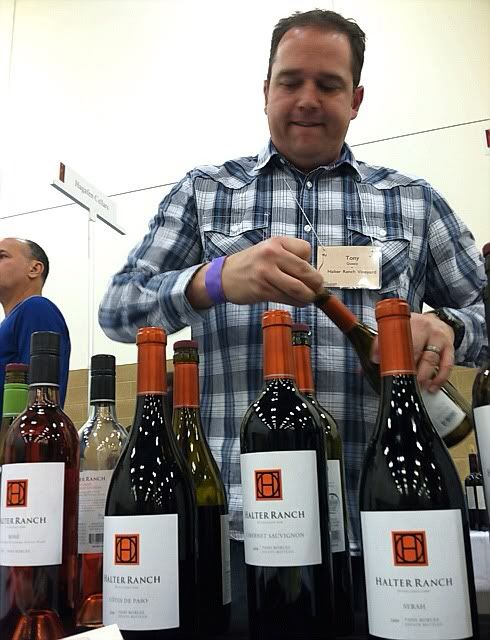 Tony Quealy (right) poured the Halter Ranch wines. This Paso Robles west side winery utilizes the Picpoul Blanc grape in several of their wines. Quealy explained, "We have found it grows quite well on our property." They also like to mix it up a bit in their blends. Quealy offered at one point that a particular wine had "only five varieties" in it. The Halter Ranch '11 Cotes de Paso Blanc is a blend of Grenache Blanc, Marsanne, Roussanne, Picpoul Blanc and Viognier. It's a smooth drinker with nuts and citrus leading the way. Their '11 Rosé has Grenache, Syrah and Mourvédre joined by Picpoul Blanc for a dry, earthy pinkie. Their '08 Cabernet Sauvignon features all five Bordeaux varities and shows off ripe fruit with an earthy edge. Kevin Sass is the Halter Ranch winemaker. He spent a decade at Justin Winery.
Tony Quealy (right) poured the Halter Ranch wines. This Paso Robles west side winery utilizes the Picpoul Blanc grape in several of their wines. Quealy explained, "We have found it grows quite well on our property." They also like to mix it up a bit in their blends. Quealy offered at one point that a particular wine had "only five varieties" in it. The Halter Ranch '11 Cotes de Paso Blanc is a blend of Grenache Blanc, Marsanne, Roussanne, Picpoul Blanc and Viognier. It's a smooth drinker with nuts and citrus leading the way. Their '11 Rosé has Grenache, Syrah and Mourvédre joined by Picpoul Blanc for a dry, earthy pinkie. Their '08 Cabernet Sauvignon features all five Bordeaux varities and shows off ripe fruit with an earthy edge. Kevin Sass is the Halter Ranch winemaker. He spent a decade at Justin Winery.
Paso Robles producer Edward Sellers is located in the Templeton Gap, cooled by Pacific breezes channeled through the mountains. Winemaker Jeremy Weintraub did a fantastic job with the '07 Cognito, a blend of Mourvédre, Zinfandel, Syrah and Grenache. It shows big new-world fruit with an old-world finish.
Sonoma County's Fog Crest Vineyard, in the Russian River Valley, poured a pair of Chardonnays and a pair of Pinot Noirs. The '09 Chardonnays offered a nice and easy touch of oak on one hand, and a steel-fermented fruit expression and acidity on the other. The '10 Pinot taken from several vineyards bears notes of cocoa, while the Estate Pinot has hints of eucalyptus.
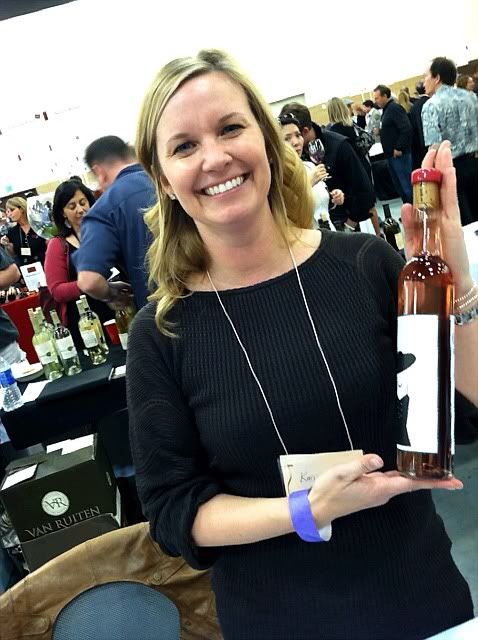 Bennett Valley's Argot Wine was represented by proprietor Karissa Kruse, (left) who poured their delightful '11 Rosé. It's dry and fresh, perfect for the coming warm weather. Argot's '11 White Blend of Roussanne and Chardonnay spent 10 months in the barrel and has a nice crème brulée feel with a nutty finish. Their '08 Syrah was in all new French oak for 30 months, but doesn't seem overoaked at all. Kruse borrowed a phrase from winemaker Justin Harmon: "You can't over-oak a wine. You can under-fruit it."
Bennett Valley's Argot Wine was represented by proprietor Karissa Kruse, (left) who poured their delightful '11 Rosé. It's dry and fresh, perfect for the coming warm weather. Argot's '11 White Blend of Roussanne and Chardonnay spent 10 months in the barrel and has a nice crème brulée feel with a nutty finish. Their '08 Syrah was in all new French oak for 30 months, but doesn't seem overoaked at all. Kruse borrowed a phrase from winemaker Justin Harmon: "You can't over-oak a wine. You can under-fruit it."
Hidden Ridge Vineyard is a high-elevation vineyard on the west side of Spring Mountain in Sonoma County. Their '06 and '07 Cabernet Sauvignon are both very dark and concentrated.
Temecula's Monte De Oro Winery has four vineyards covering 72 acres of Temecula Valley soil. Their wines have a very interesting aroma profile across the board, even the dessert wine. It's a sort of a chalky, rocky note which I find quite intriguing. Their '05 Synergy is a blend of Syrah, Merlot, Cabernet Sauvignon, Cabernet Franc and Zinfandel. It's a nice effort which shows off the different aspects of the various varieties. Monte De Oro's '10 Zinfandel is one of the smoothest Zins I've had. The dessert wine - Legato - is a Zinfandel and Cinsault mix.
Anomaly Vineyards rests at the foot of Napa Valley's Mayacamas Mountains, in St. Helena. Their '08 Cab also features Cabernet Franc and Petit Verdot, and shows big, dark fruit.
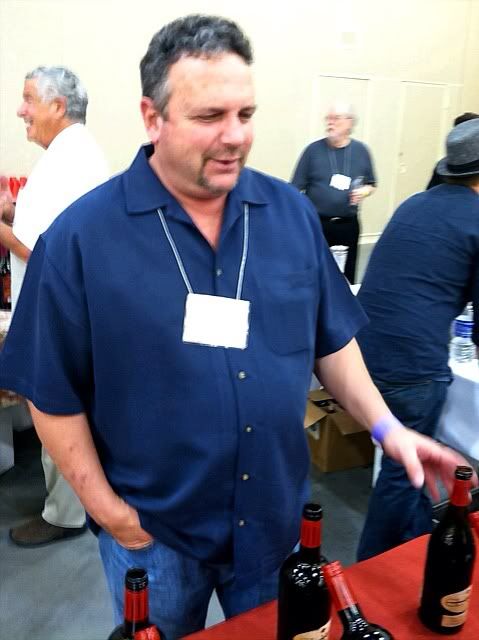 Clavo Cellars winemaker Neil Roberts (right) showed off his '08 Desperado Paso RoblesPaso Zinfandel, brimming with earth and chocolate.
Clavo Cellars winemaker Neil Roberts (right) showed off his '08 Desperado Paso RoblesPaso Zinfandel, brimming with earth and chocolate.
The Ancient Peaks table had a prominently placed piece of oyster shell on the table, exhibiting the source of the amazing terroir of their Margarita Vineyard. The '10 Sauvignon Blanc is fruity and angularwith some great citrus notes. The seabed soil really shines through. Their '10 Cabernet is oaked for 15 months. It's a cooler vintage and shows bright acidity.
The Conway Family calls Arroyo Grande home, and they really are a family affair. Chris and Ann Conway and their five kids share the ownership of the winery and estate vineyards. Winemaker Jonathan Médard outdid himself with the '08 Rancho Arroyo Grande Estate Syrah - an incredibly dark and amazingly intense wine.
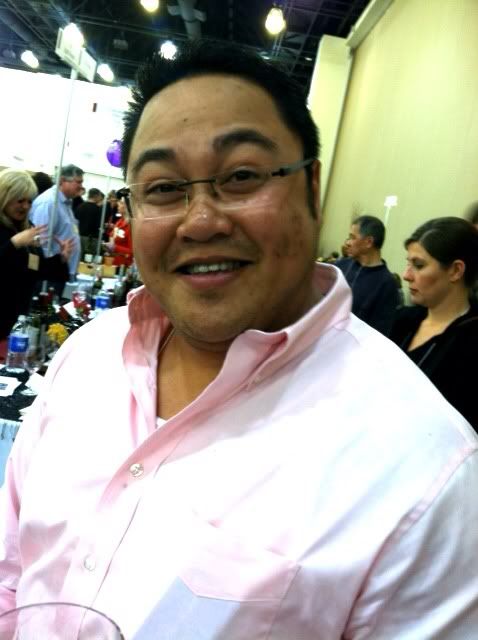 Corte Riva Vineyards in St. Helena made good on the family aspect of the event. Richie Rivera (left) represented the wines of his father, Romel Rivera, and his uncle, Lawrence Cortez. The pair came to America from the Phillipines in the 1970s and have been involved in the wine business since then. The '10 Rosé of Merlot has great fruit and acidity, while the Cabernet Franc shows great tannic structure along with a zippy acidity. The Cortez 78 Firepit Blend is an excellent second label effort for the family. Rivera said it shows "the Merlot on the nose, the Zin on the mid-palate and the kick of the Petite Sirah on the finish."
Corte Riva Vineyards in St. Helena made good on the family aspect of the event. Richie Rivera (left) represented the wines of his father, Romel Rivera, and his uncle, Lawrence Cortez. The pair came to America from the Phillipines in the 1970s and have been involved in the wine business since then. The '10 Rosé of Merlot has great fruit and acidity, while the Cabernet Franc shows great tannic structure along with a zippy acidity. The Cortez 78 Firepit Blend is an excellent second label effort for the family. Rivera said it shows "the Merlot on the nose, the Zin on the mid-palate and the kick of the Petite Sirah on the finish."
Beckman Vineyards poured a great '10 Le Bec Blanc, a blend of Marsanne, Roussanne, Grenache Blanc and Viognier. American oak helps give great spices to this one. Beckman's '09 Grenache - from their Purisima Mountain vineyard - is just plain luscious on the mid-palate and very dry on the finish.
Time ran short and I didn't get to taste much from Santa Barbara County's Tantara Winery, but Ernie Vandegrift saw my "Now And Zin" name tag and said, "Here - try this. It's kinda Zin-like." It was the '09 Tantara Syrah, big and powerful.
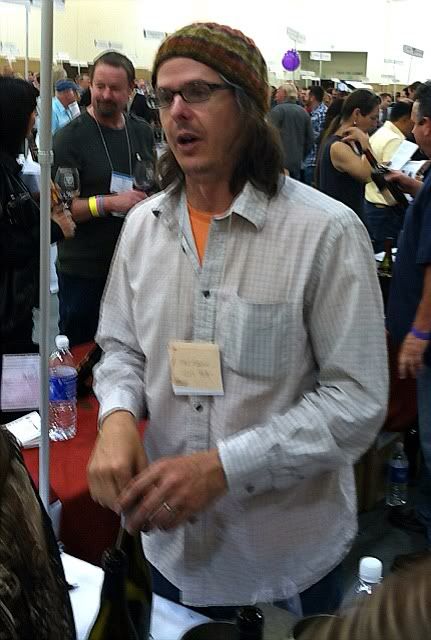 Clos Pepe's winemaker Wes Hagen (right) was letting his freak flag fly, as he likes to say. He was preaching his Pinots to the choir, as it were. He never fails to draw a crowd at tasting events with his presentation, which always makes me think of a tree-stump orator with the flash and sizzle to keep a crowd enthralled.
Clos Pepe's winemaker Wes Hagen (right) was letting his freak flag fly, as he likes to say. He was preaching his Pinots to the choir, as it were. He never fails to draw a crowd at tasting events with his presentation, which always makes me think of a tree-stump orator with the flash and sizzle to keep a crowd enthralled.
Tercero's Larry Shaffer had the beakers out, but, alas, his table full of Rhones was another one I missed due to time constraints.
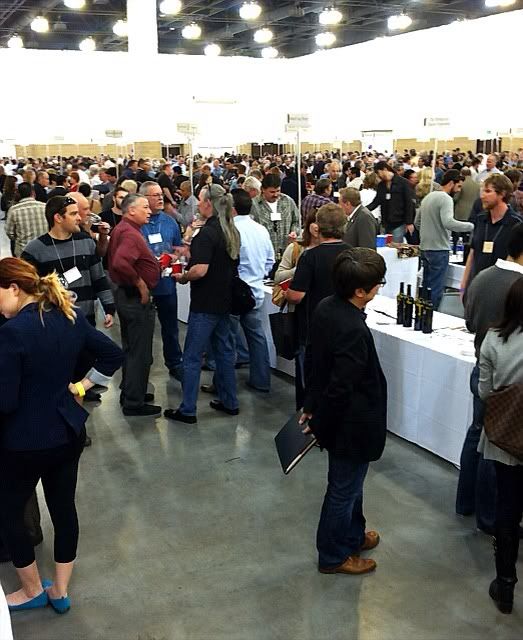




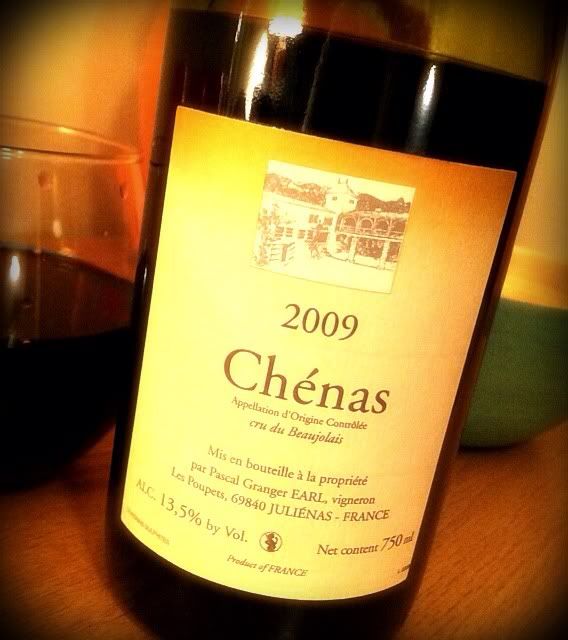

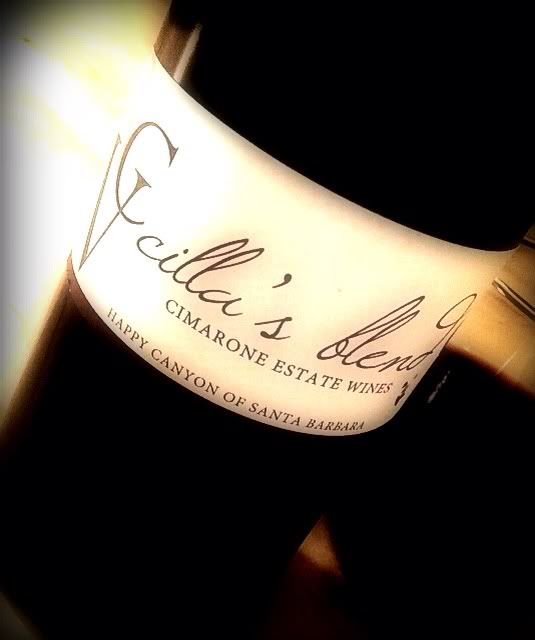

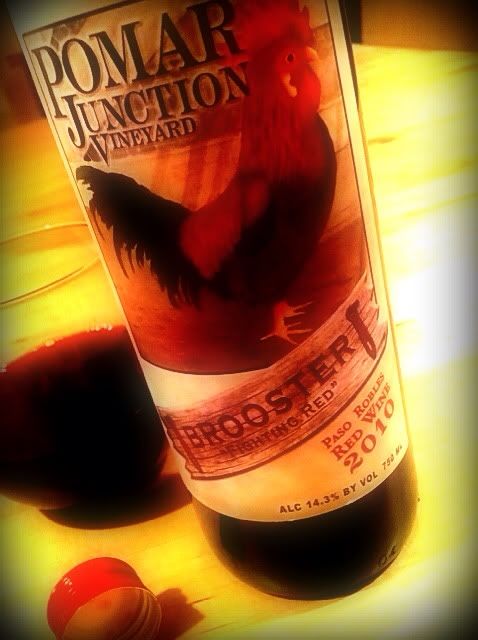


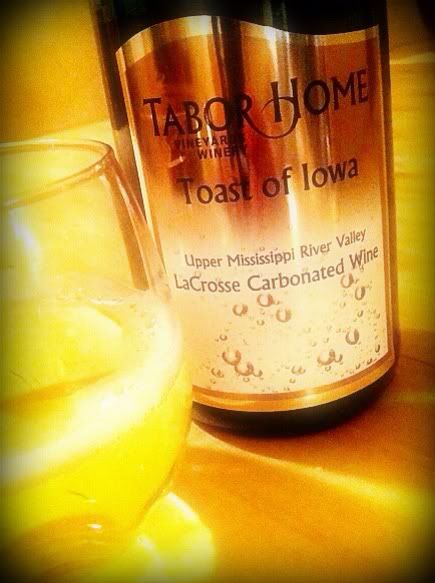
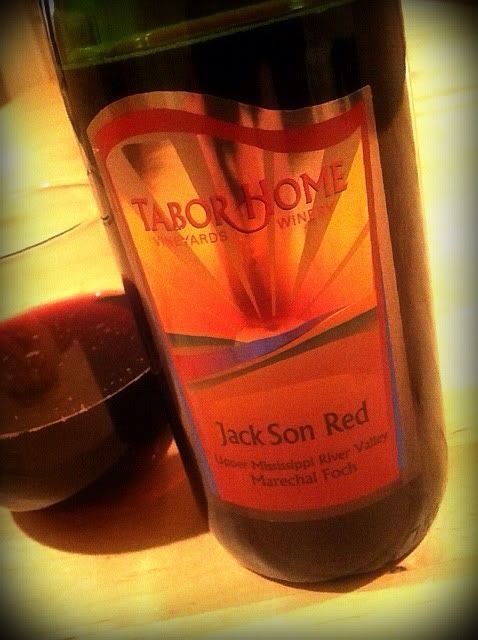 JackSon Red 2010
JackSon Red 2010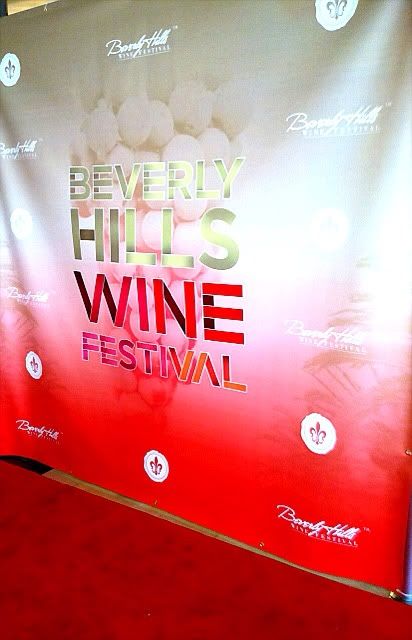
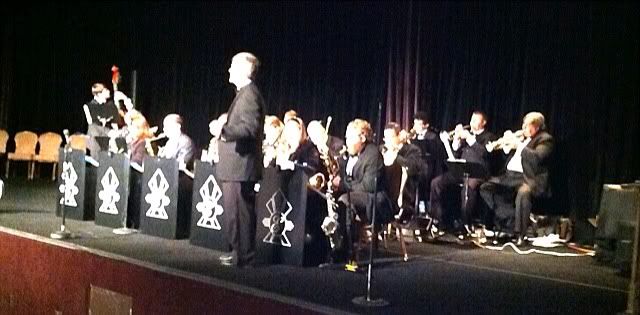 On the down side, a funky numbering system and a lack of identifying signage made it a bit difficult to find specific wineries one might be looking for, but most people seemed to enjoy just making their way from table to table, sampling whatever came their way.
On the down side, a funky numbering system and a lack of identifying signage made it a bit difficult to find specific wineries one might be looking for, but most people seemed to enjoy just making their way from table to table, sampling whatever came their way.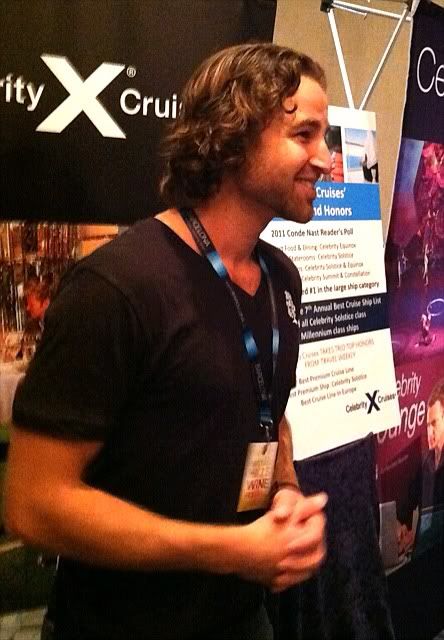 My first taste of Malibu's
My first taste of Malibu's 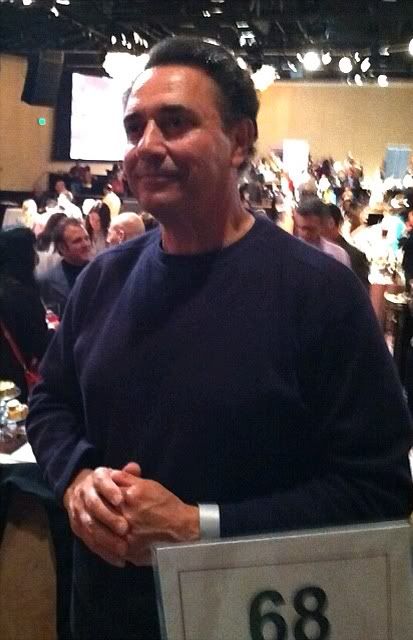 The
The 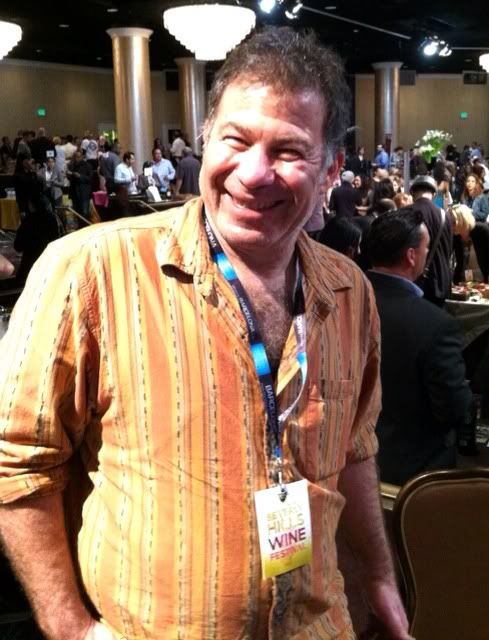 Mike Stan (left) of
Mike Stan (left) of  Naked Grape
Naked Grape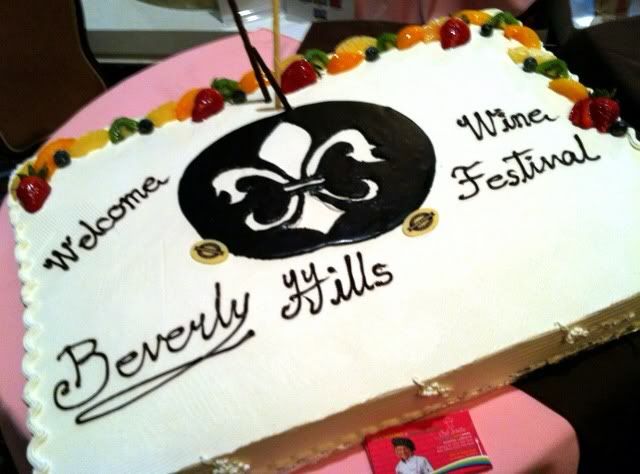 Although the wine was the focal point of this event, there were some very tasty treats on display. Sweets from the
Although the wine was the focal point of this event, there were some very tasty treats on display. Sweets from the